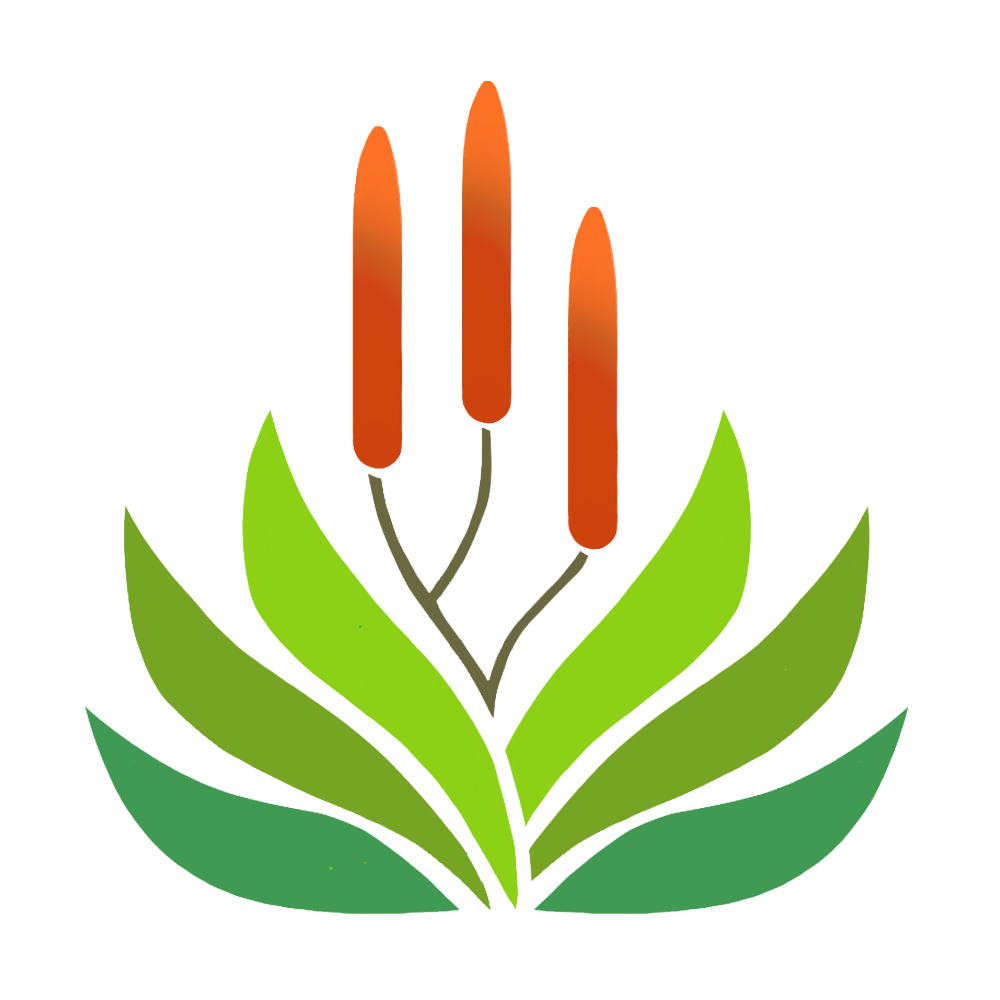The white sage restoration project
at Taft Gardens & Nature Preserve
In collaboration with our Nature Immersion programming partner, Elena Rios, Taft Gardens’ latest initiative focuses on Salvia apiana, commonly known as white sage, through our White Sage Restoration Project.
““In my lifetime, I can say that I’ve witnessed the slow decline (of white sage) over time and it seems to be speeding up. It doesn’t grow where I used to see it growing.””
White sage holds deep cultural and spiritual significance for Indigenous communities in California. In fact, Monterrey, California down to northern Baja are the only regions in the world where white sage is native.
In recent years, interest in white sage has steadily climbed as the trend of working with white sage smudge bundles has gone “viral.” White sage has become so popular that the demand for it has spawned a new wave of commerce and subsequently, has caused a noticeable dwindling and “poaching” of this plant. Poachers are pulling wild white sage plants by the roots out of the ground in alarming quantities. Ironically, one of white sage’s celebrated properties is its ability to provide a layer of protection in sacred spaces and yet, with the craze and high demand for its usage, white sage is now in urgent need of our protection.
Restoring white sage in the nature preserve
The White Sage Restoration Project is the Garden’s initiative and commitment in helping to reverse the devastating effects of poaching that has drastically impacted the state’s white sage population. We have planted nearly two dozen white sage plants, grown by Pan’s Garden Nursery, in the Nature Preserve and are cultivating an additional 178 white sage plugs, donated by Growing Works Nursery in Camarillo, for future planting.
White Sage is also featured in the Taft Pollinator Garden planted in 2022. Alexandra Nicklin, Taft's Garden Coordinator and creator of the Pollinator Garden emphases how white sage flowers serve as a vital resource for native pollinators while their seeds provide nourishment for native like birds such as the California quail and bushtits. Alexandra explains, “High biodiversity is a sign of a robust ecosystem; by protecting native plants such as white sage, we can all play a significant part in protecting California’s ecosystem.”
The Link Between Abalone & White Sage Poaching
You should also be aware that abalone shell poaching is closely tied to the poaching of white sage, as the two are sold as bundles in stores for the ritual of burning smudge sticks. California has the most diverse and abundant abalone populations of all seven species. Three species are only found in Southern California and Baja (white, pink, and green). Six species are listed as critically endangered (red, white, black, green, pink, and flat), and one is endangered (pinto).
““We are focused on sage restoration, but that’s not to say there aren’t other plants that are being poached and need protection and community support,” Elena said. “If we wait for it to get on the government protection list, it will be too late. This has to happen from a grassroots effort on up. We need to come together in solidarity for the protection of this plant-cestor.””
Save Our ‘Plant-cestors’
You can get the White Sage Poaching Awareness sticker, designed by Elena Rios, at the Taft Gardens Gift Shop.
Cultural Appropriation?
“
“There is no amount of sage that was sourced from a poacher that can purify space – it’s just bad medicine. The medicine starts from the moment of how the medicine is gathered.””
The Indigenous people of this region deeply value white sage, regarding it and all more-than-human beings as a relative. When they engage with this sacred plant, they do so with profound reverence, intention, and a thorough understanding of its essence, its lifecycle, and its harmonious relationship with the environment. In indigenous culture, white sage is given as an offering; the recent explosion of sage products on the market runs counter to everything this plant means to the land and indigenous people and their culture.
So, how can you help in reversing the effects of the poaching of white sage?
BOYCOTT THE SALE OF POACHED SAGE
Boycott the selling of white sage bundles in stores and online unless the vendor can prove (with evidence) that it came from a sustainable source.
PLANT WHITE SAGE IN YOUR GARDEN
Grow white sage in your garden or build a relationship with people who grow white sage and source it from growers you know.
CONNECT WITH YOUR ANCESTRAL ROOTS
There are other plants from other cultures that are used for the same purposes as white sage. Connect with your ancestral roots to see what plants are part of your culture and grow those plants in your home or community garden.
Saging the World Documentary
Interested in learning more about the poaching of white sage? Watch the California Native Plant Society produced documentary film “Saging the World”. The Taft Gardens team attended the Oxnard Native Plant Fest in January where we were able to meet the filmmakers and where Elena Rios joined the post-film screening panel discussion.
With help from our consulting partner, Lisa Fimiani of CURes, we created an educational guide on the Taft White Sage Restoration Project. You can also check out the CURes blog post covering the Native Plant Fest event!
“We at Taft Gardens are proud to partner with Elena Rios to support the important initiative of white sage restoration, and education in response to the active poaching of this culturally significant native plant in our region.”
Jaide Whitman, Executive Director & Board President of the Taft Gardens & Nature Preserve.
save the date
Mark your calendars for these highly anticipated upcoming events!
CONNECTING TO ANCESTRAL WAYS OF RELATING TO THE EARTH
Lecture with Kat Anderson, Author of Tending the Wild
June 22nd, 2024
SAGING THE WORLD SCREENING
including Panel Discussion with filmmaker Rose Ramirez, Chumash Elder Julie Tumamait & Diego Cordero Environmental Office of the Santa Ynez Band of Indians
July 20th, 2024












